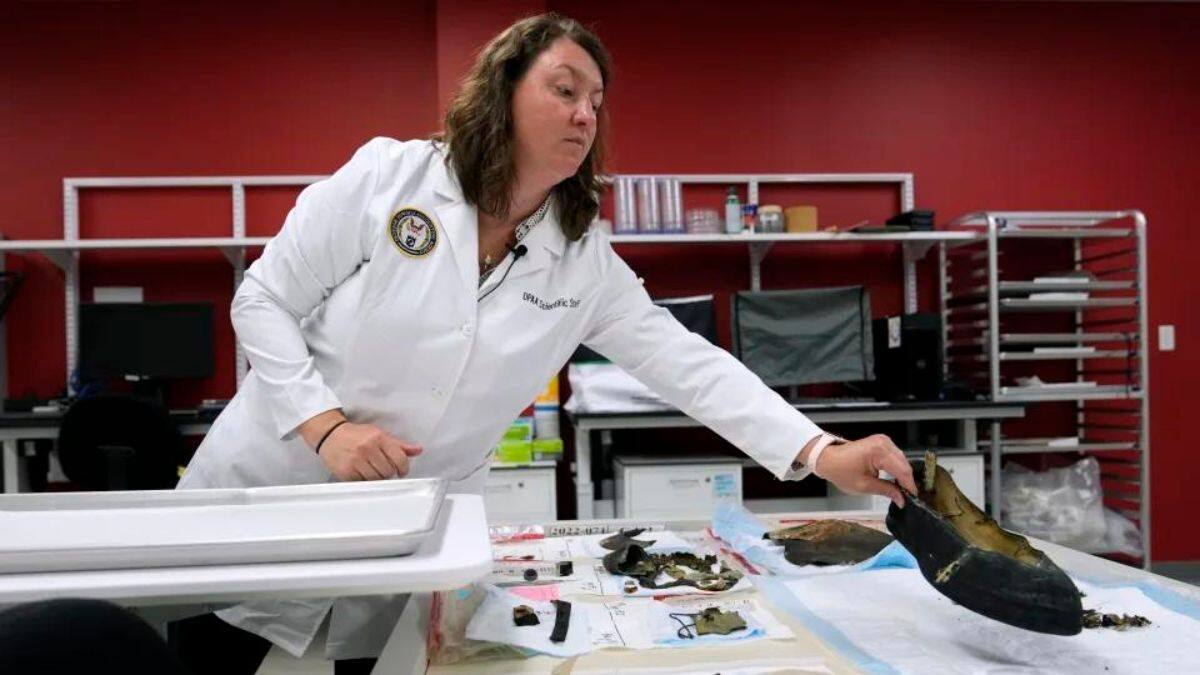On Memorial Day, everyone should reflect on the sacrifices of those who served, knowing that more than 81,000 American service members from past conflicts, primarily World War II, are still missing. Yet, thanks to cutting-edge technology, the military can now identify remains once thought unidentifiable. This progress is crucial in honouring the military's pledge to never leave anyone behind.
ALSO READ| What's below the Earth? Here's the list of the top food items found below the surface of the Earth
Defense Lab Works to Identify Lost Soldier Remains
Federal laboratories at Offutt Air Force Base and in Hawaii are dedicated to identifying missing soldiers from World War II and other conflicts, providing approximately 200 families each year with the opportunity to give their relatives a proper burial. Thanks to advancements in DNA technology and innovative methods such as comparing bones to military chest X-rays, these labs are increasingly successful in identifying missing soldiers annually. Of the approximately 72,000 World War II soldiers and roughly 10,000 others missing from subsequent conflicts, experts believe about half are recoverable.

Since its establishment in 2013, the Offutt lab has made significant progress, identifying 59 servicemembers initially and steadily increasing its output each year, reaching 159 identifications last year, up from 134 in 2022. With a target of 200 identifications annually, these labs are providing closure to generations of American families who have long wondered about the fate of their loved ones lost in service.
Carrie Brown, a manager at the Defense POW/MIA Accounting Agency lab at Offutt, emphasised the significance of this work, noting that even descendants who never knew the fallen service member personally cherish their memory. Brown explained, "They may not even have been alive when that service member was alive, but that story gets carried down through the generations. They may have seen on the mantle a picture of that person when they were little and not really understood or known who they were."
Thanks to their unwavering dedication, families like Donna Kennedy’s are finally able to lay their loved ones to rest. Donna had the opportunity to give her cousin, Cpl. Charles Ray Patten, a proper burial with full military honors, after he had been interred as an unknown for decades in the National Memorial Cemetery of the Pacific in Hawaii. These identifications not only bring closure to individual families but also enable us to pay homage to those who made the ultimate sacrifice for our country, forging a connection across generations.
ALSO READ| Severe drought approaching the world: What role the hyrdo-power play?
Comments
All Comments (0)
Join the conversation